SEARCH BY VEHICLE

What Are the Symptoms of Bad Air Springs?
Air springs are a crucial component of the suspension system in your car. These devices facilitate comfortable, level, and stable driving on a range of surfaces. They improve handling, reduce vibrations, and increase your car's capacity to haul loads. Air springs also increase fuel efficiency and overall performance. Your ability to recognize wear indications and comprehend the operation of air springs is essential to maintaining the safety and ride quality of your vehicle. This tutorial will go through the key characteristics of air springs and why driving requires them.
How Air Springs Work in Your Car
An essential component of contemporary car suspension systems is air springs. They provide a host of advantages that improve your driving.

What Are Air Springs?
Air springs are the pliable bags that support the weight of your vehicle. Unlike metal springs, they can adjust to different weights and road conditions. Every air spring has an expandable and retractable rubber or plastic chamber. The system consists of air springs at each tire, an air compressor to keep the springs properly inflated, sensors to detect changes in the car's height and load, and a control unit that adjusts air pressure based on sensor information.For a more detailed explanation of the mechanics behind air springs, you can refer to our article:How Do Air Springs Work? - A Simplified Guide.
How Air Springs Improve Your Ride
1. Adjusting to Road Conditions
Air springs have a rapid range of stiffness. This translates to a more comfortable ride on uneven terrain and improved handling when accelerating or braking.
2. Keeping the Car Level
Air springs automatically adapt to maintain your auto-ship at the proper height when you fill it with passengers or goods. This preserves security and steadiness.
3. Changing Ride Height
Certain vehicles featuring air springs allow the ride's height to be adjusted. It may be raised for extra ground clearance on rocky roads or lowered for interstate driving, which gets you more mileage.
Air springs balance comfort and performance in your car's suspension system in concert with other components. They enhance handling and grip by keeping your tires in good touch with the pavement. As a consequence, you get a vehicle that is more sensitive to your driving style, maintains stability under varying conditions, and offers a comfortable ride on a variety of roads. Air springs contribute to a safer and more comfortable drive on both smooth and uneven roads.

What Happens If You Ignore Bad Air Springs
When air springs start to fail, it's important to fix them quickly. Ignoring the problem can lead to several issues:
1. Reduced Safety
Bad air springs make your car less safe to drive. Your vehicle becomes harder to control, especially when turning or stopping suddenly. In severe cases, a failed air spring can cause your car to suddenly drop on one side. These issues increase the risk of accidents, particularly at high speeds or in bad weather.
2. Damage to Other Car Parts
When air springs fail, other parts of your car suffer. Shock absorbers wear out faster as they try to compensate. Tires wear unevenly, reducing their lifespan and your car's traction. Over time, this extra stress can damage multiple parts of your suspension system, leading to more extensive repairs.
3. Uncomfortable Rides
You'll notice a significant change in how your car feels. The once smooth ride becomes bumpy and harsh. You'll feel every bump and dip in the road, making long drives more tiring for you and your passengers. This decreased comfort can turn even short trips into unpleasant experiences.
4. Higher Repair Costs
Fixing air springs early can save you money. Small problems can quickly turn into big, expensive repairs if left unchecked. You might end up replacing not just the air springs, but other suspension parts too. What starts as a simple fix can become a major overhaul, significantly increasing your repair costs.
Common Symptoms of Failing Air Springs
Air springs can develop problems over time. Here are the main signs to watch for:
Symptom #1: Vehicle Sagging
If your car looks lower on one side or corner, it might have a failing air spring. This is easiest to spot when your car is parked on a level surface. A sagging vehicle can affect your car's performance and safety.
Symptom #2: Uneven Tire Wear
Check your tires regularly. If one tire is wearing faster than the others, especially on the inside or outside edge, it could mean your air springs aren't working properly. Uneven tire wear can lead to poor handling and increased risk of tire failure.
Symptom #3: Unusual Noises
Listen for these sounds:
- Squeaking or creaking when driving over bumps
- Knocking sounds during turns
- Hissing noises, especially when the car is parked (this could indicate an air leak)
These noises often mean there's a problem with your air springs or related components.
Symptom #4: Excessive Bouncing
If your car feels unusually bouncy or doesn't settle quickly after hitting a bump, your air springs might be worn out. This excessive movement can make your ride uncomfortable and less safe.
Symptom #5: Handling Problems
Failing air springs can affect how your car handles. You might notice:
- The car leans more than usual when turning
- Less stability at higher speeds
- A generally "loose" or less responsive feel when driving
These handling changes can make your car less safe to drive.
If you notice any of these symptoms, it's important to have your car checked by a mechanic who knows about air suspension systems. Fixing air spring problems early can prevent more serious issues and keep your car safe and comfortable to drive.
Professional Diagnosis of Air Spring Issues
Although drivers can see certain signs of malfunctioning air springs, more accurate information can be obtained through professional diagnostic techniques. These are the main techniques mechanics employ:
1. Electronic Diagnostics
Air suspension systems are monitored by powerful onboard computers used in modern vehicles. Mechanics retrieve trouble codes from your car's computer by using specialized scanning instruments. These codes are able to identify particular problems with the air spring system before symptoms show up. Potential issues can be identified early and prevented with this approach.
2. Pressure Testing
Accurate measurement of air pressure is crucial for diagnosing air spring problems. Mechanics use calibrated gauges to check the pressure in each air spring and compare these readings to manufacturer specifications. Pressure tests can reveal leaks or compressor issues that might not be visible to the naked eye. This precise measurement helps identify inconsistencies that could lead to suspension failure.
3. Leak Detection
A number of methods have been used by mechanics to investigate possible air leaks. When working on air spring components, they could use soapy water or specialist leaks to detect fluid, watching for the formation of bubbles, which signify air escaping. Ultrasonic leak detectors can locate even minor escapes that are difficult to see visually for more elusive problems. This methodical methodology guarantees the identification and resolution of all possible air loss locations.
4. Load Testing
The mechanics run stress tests on the air springs to determine how well they can support weight. After positioning the car on a lift, weight is applied methodically. They monitor the suspension's response to varying loads, which can identify flaws in the air springs or other connected parts. This test helps forecast how the suspension will behave in different scenarios by simulating real-world situations.
How to Take Care of Your Air Springs
Taking good care of your air springs can help them last longer and work better. Here are some simple ways to keep your air suspension system in good shape:
1. Check Your Car Regularly
Every month, take a few minutes to look at your car. Make sure your car sits level when parked on flat ground. Look for any cracks or damage on the air springs. Also, check if your tires are wearing evenly. If you notice anything unusual, it's best to have a mechanic take a look.
2. Keep Your Car Clean
Dirt and salt can harm your air springs. Wash under your car every few months, especially in winter or if you often drive on dirt roads. This helps protect your air springs from damage.
3. Don't Overload Your Car
Air springs can handle different weights, but too much weight too often can wear them out. Know your car's weight limit and try not to exceed it, especially when towing or carrying heavy loads.
4. Get Professional Check-ups
Have a mechanic check your air suspension once a year, even if everything seems fine. They can test the air pressure in your springs, look for small leaks you might not see, and make sure all parts are working correctly. They might also adjust the system or replace worn parts to prevent bigger problems.
5. Fix Small Problems Quickly
If you notice your car doesn't ride as smoothly as before, or if it's harder to control, get it checked right away. Fixing small issues early can prevent more expensive repairs later.

Care for Air Springs to Protect Your Ride
The comfort and safety of your car are greatly enhanced by air springs. They support level driving, shock absorption, and good handling on uneven terrain. Maintaining your car's smooth operation and preventing expensive repairs are possible by being aware of the warning indications of worn air springs. Don't overload your car, check it frequently, and maintain cleanliness. See a professional as soon as possible if you detect any issues, such as uneven tire wear or a bumpy ride. Your automobile will run smoother and last longer if you take good care of its air springs.

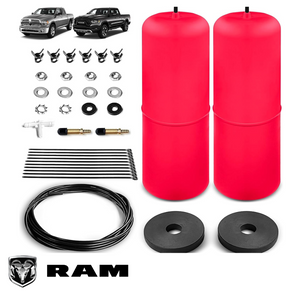
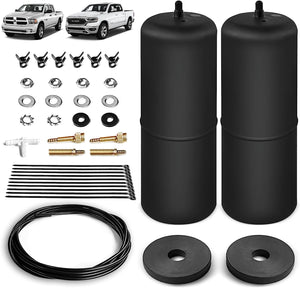
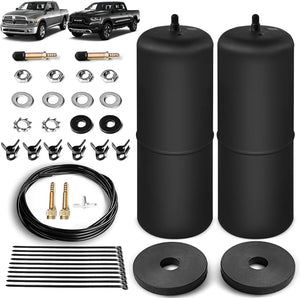
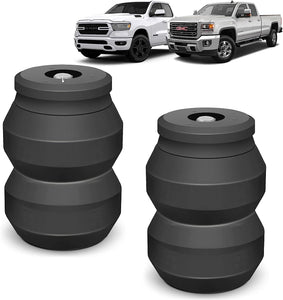
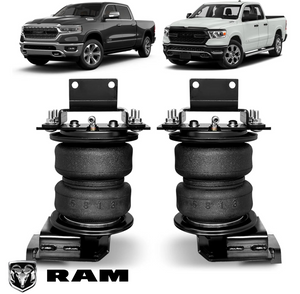
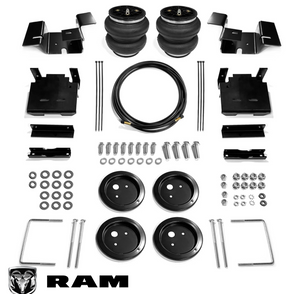
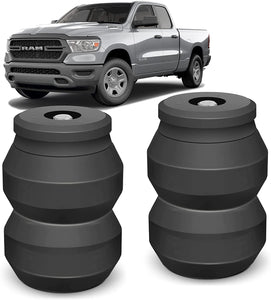
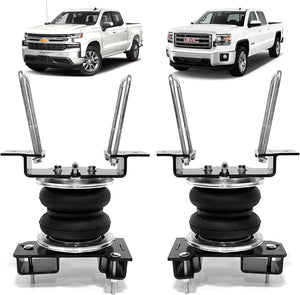
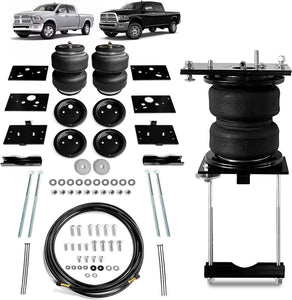
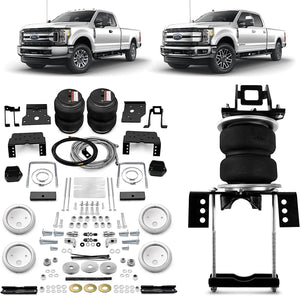
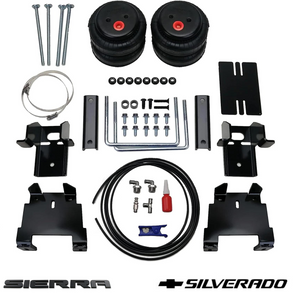
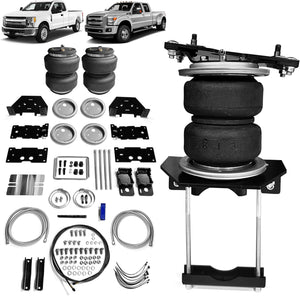
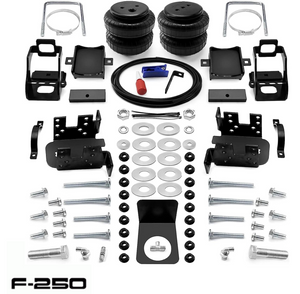
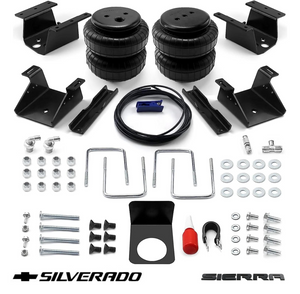
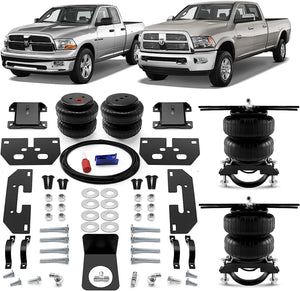
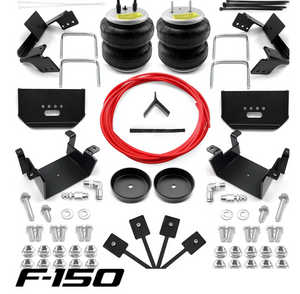
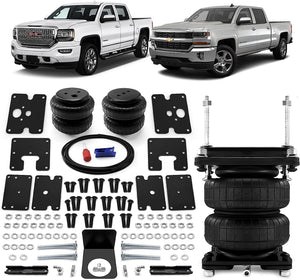
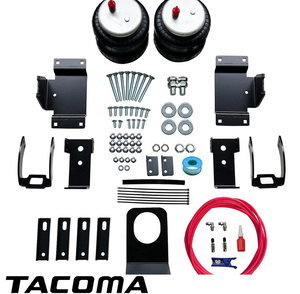
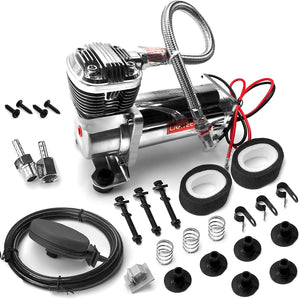
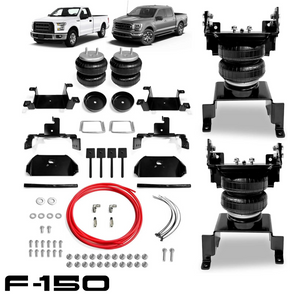
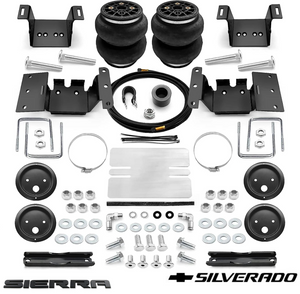









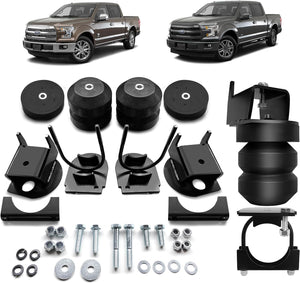
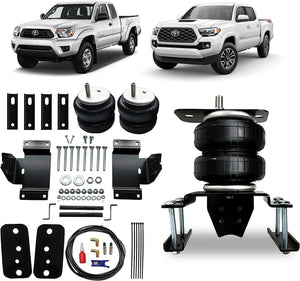

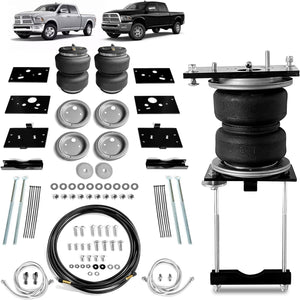
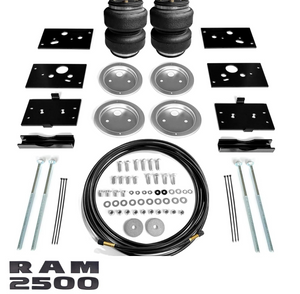
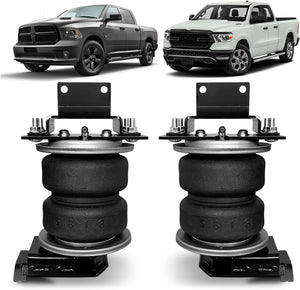
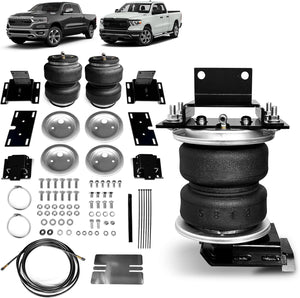
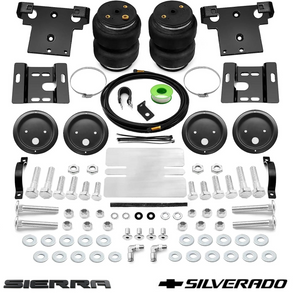
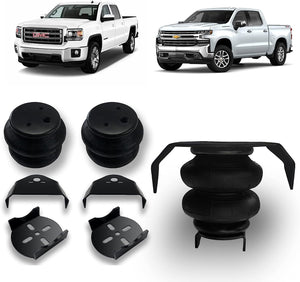
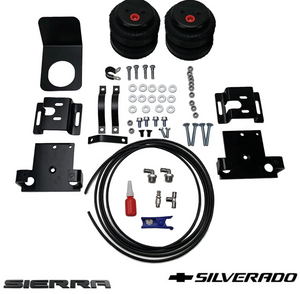
Leave a comment